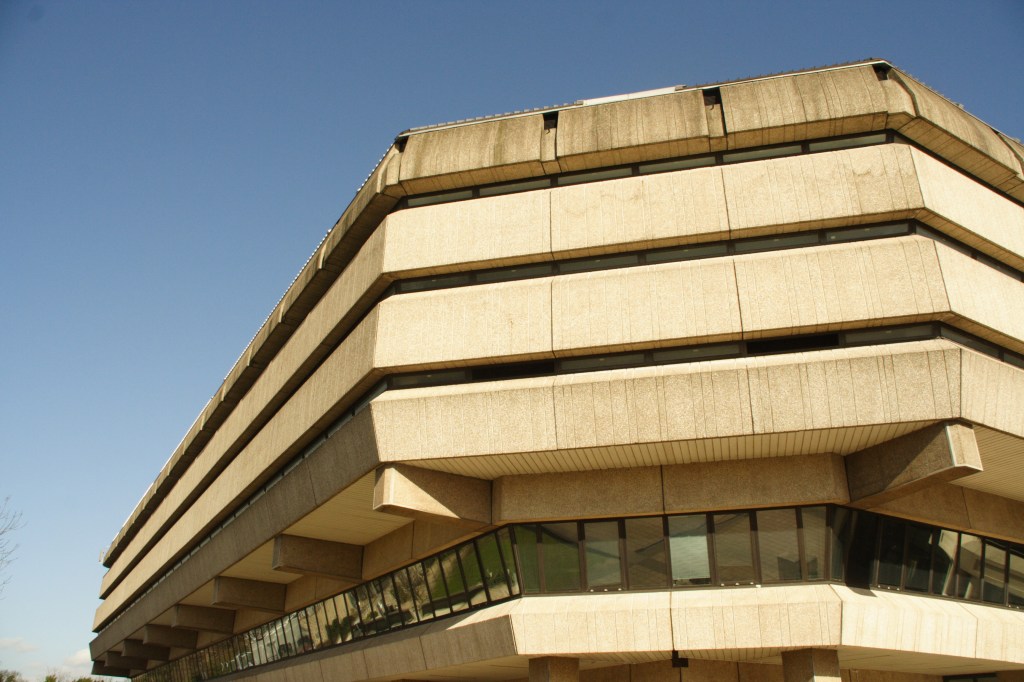By Lauren Brown @LaurenBroon
Britain has a complicated colonial history. Sadly, thousands of descendants from former colonial territories, still face the legacies of Britain’s hegemony. This is true for the Kikuyu, Embu and Neru people of Kenya. During the Mau Mau rebellion of 1952-1964, the British colonial government placed some 80,000 people from these ethnic groups in a ‘pipeline’ of detention camps after a series of violent attacks on British settlers and ‘loyalist’ Africans. Camp inmates were subjected to brutal interrogations, whippings, sexual assault and even castration.[1] Detainee letters cited a lack of food and poor sanitation, whilst David Anderson’s ‘Histories of the Hanged’ detailed the systematic hangings of many ‘hardcore’ prisoners.
Since Kenyan independence in 1964, the truth about the camps had been hidden. However, in 2011, a series of court cases, brought by survivors of these camps against the British government, finally highlighted their brutality and the true nature of the British colonial state. The former prisoners were immensely successful. The Foreign Commonwealth Office conceded and provided the ex-prisoners with compensation, a public apology and the erection of a memorial in Nairobi. The court cases also prompted the release of thousands of colonial documents, which the British Government had supposedly ‘lost’ at its Hanslope Park warehouse.[2] Later, it was revealed that Hanslope Park was home to 20,000 undisclosed government files from 37 former colonies.

Initially, these court cases seemed to herald a new era of post-colonial apology and recognition for the unfiltered history of empire. However, such a revolution was swiftly stopped in its tracks. In 2018, 40,000 more ex-detainees took to the English courts seeking justice. Files in the National Archives at Kew highlight the horrific conditions of the camps, with prisoners writing to local government representatives complaining of squalor, food shortages and corporal punishment. Yet, the case was dismissed under the notion that a fair trial was not possible because of the 50 year delay. High Court Judge Justice Stewart J pointed to a lack of ‘clear’ evidence, despite the swathe of files which live in the archives.[3]
Here lies the crucial issue – until this point the ex-prisoners could not have filed the case as the documents were hidden. Now they are available for consultation and could be utilised in a trial. Nevertheless, the damage has been done, as no further legal action will be entertained.
Entwined in the history of the Mau Mau camps, is the story of field marshal Dedan Kimathi. Kimathi was executed by the British after a short career of anti-British ‘terrorism’. The government was so desperate for his capture, that they embarked on an unrelenting campaign to ‘eliminate’ him.[4] In 1957, Kimathi was hanged. He was buried in an unmarked grave in Kamiti Prison, where he is believed to have lain ever since. Kimathi quickly became a martyr of the movement. His family – leaders of the Dedan Kimathi Foundation, have campaigned for decades for his body to be exhumed.
On October 25th last year, the foundation announced that Kimathi’s body had finally been found.[5] However, Kenya’s Interior Ministry dismissed the claim.[6] Evelyn Manjugu Kimathi, Kimathi’s youngest daughter and the chair of the foundation, said she would seek an order to exhume his body. On the 3rd of July this year, she said she had ‘fresh evidence’ that Kimathi is buried within the prison, but the Kenyan Government has not approved his excavation.
The British Government has also proven unhelpful in the quest for his body, refusing to conduct an investigation into the matter. It would seem that no further efforts towards securing justice for the Mau Mau veterans will be entertained. Evidently, the previous Mau Mau settlement was the only compensation and apology the ex-detainees would receive.
[1]Caroline Elkins, Imperial Reckoning: The Untold Story of Britain’s Gulag in Kenya, p.209.
[2]David M Anderson, ‘Mau Mau in the High Court and the ‘Lost’ British Empire Archives: Colonial Conspiracy or Bureaucratic Bungle?,The Journal of Imperial and Commonwealth History, Vol 39,Issue 5, (Routledge: London and New York, 2011)
[3]Casemine, Kimathi & Ors V The Foreign and Commonwealth Office, Casemine.com, https://www.casemine.com/judgement/uk/5b6401a42c94e04659e5effc, ND, accessed: 08/03/2020.
[4]The National Archives, WO276/431, ‘Special Forces’, ‘GHQ Operation Instruction No: 35’, 9/12/1955.
[5] Hillary Orinde, ‘62 years after hanging: Dedan Kimathi grave found’, Standard Media, 25th Oct 2019. https://www.standardmedia.co.ke/article/2001346853/dedan-kimathi-grave-found. Accessed: 21/01/2020.
[6]Steve Njuguna, ‘Govt dismisses reports that Dedan Kimathi grave found at Kamiti’, Nairobi News, 26th Oct 2019. https://nairobinews.nation.co.ke/editors-picks/govt-dismisses-reports-that-dedan-kimathi-grave-found-at-kamiti. Accessed: 21/01/2020.
Image Credit:
Figure 1. Author’s photograph of Mau Mau Propaganda Poster, National Army Museum London.
Figure 2. Q1 building at The National Archives, Kew, 9 March 2007. https://commons.wikimedia.org/wiki/File:Q1_building_at_The_National_Archives.jpg#/media/File:Q1_building_at_The_National_Archives.jpg
1 thought on “Reckoning with Britain’s Colonial Past: The Mau Mau Detention Camps and Dedan Kimathi”